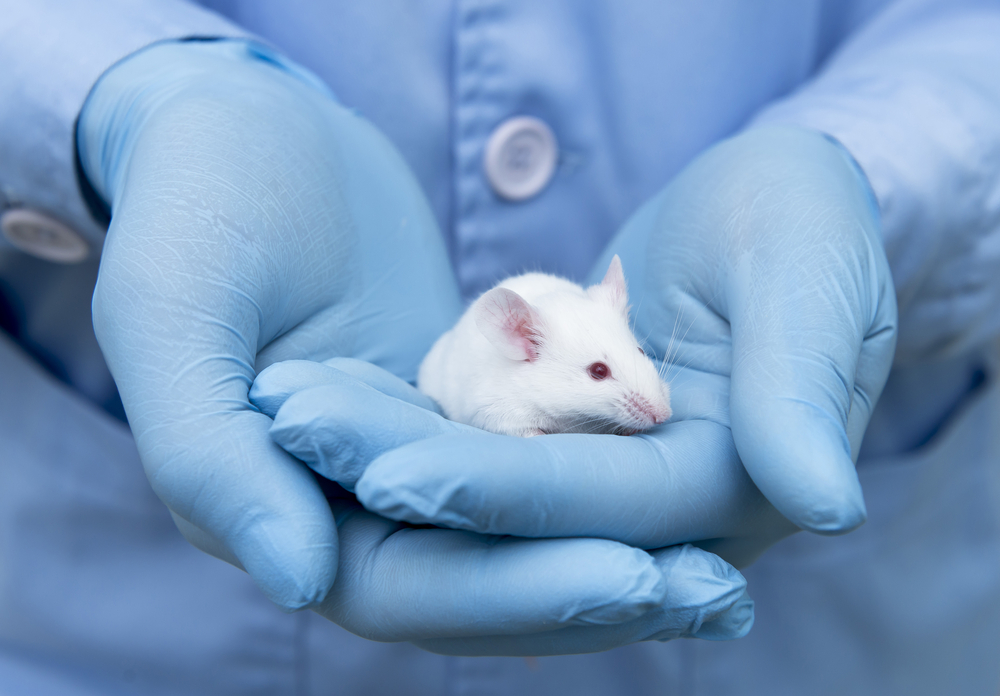Adenylosuccinic Acid Therapy Improves Symptoms of Duchenne Muscular Dystrophy in Mice, Study Finds

Treatment with adenylosuccinic acid (ASA) improves muscle integrity and reduces cellular damage in a mouse model of Duchenne muscular dystrophy (DMD), a study has found, suggesting it could be a viable therapy for patients with the condition.
In these animals, ASA increased the amount of mitochondria (the energy producers of the cell) in muscle cells, stimulated cellular energy production, and induced an antioxidant response, which overall protected muscles from deteriorating.
The study, “Adenylosuccinic acid therapy ameliorates murine Duchenne Muscular Dystrophy,” was published in the peer-reviewed journal Nature Scientific Reports.
Muscular dystrophy is characterized by the progressive degeneration of skeletal muscle and the replacement of functional muscle with fatty and connective tissue (pseudohypertrophy). Although this stems from mutations in the gene coding for the dsytrophin protein, several observations have indicated that cellular energy production, or metabolism, is also impaired by the disease.
While mitochondria defects have been described in muscular dystrophies, researchers have mostly seen these defects as secondary problems caused by disease mechanisms. However, studies have been pointing toward a primary role of mitochondria abnormalities in muscular dystrophies.
This is also supported by past clinical trial data showing that treatment with adenylosuccinic acid, a mitochondrial metabolite that increases energy production, is beneficial in people with muscular dystrophy. Its long-term efficacy at delaying disease progression in DMD, however, has never been determined.
In the new study, researchers at Victoria University in Australia set out to investigate these effects in a mouse model of DMD.
The study showed that ASA treatment produced several beneficial effects. First, it reduced the heart weight in the DMD mouse. In both Duchenne and Becker dystrophies, the heart grows enlarged and weaker, and many males with the disease die from cardiorespiratory insufficiency.
ASA also reduced pseudohypertrophy, or the replacement of muscle with fatty and connective tissue, and its accompanying signs of cellular damage. It also reduced muscle wasting in both DMD and healthy mice, although the effect was much more profound in the DMD mice.
Dystrophin deficiency leads to the unregulated activation of calcium-dependent enzymes, whose activity contributes to muscle damage, degeneration, wasting, and chronic inflammation. Interestingly, ASA treatment reduced the amount of free calcium in the muscle of DMD animals.
Although ASA did not affect muscle contractile strength, it had a strong effect on mitochondrial health in the muscle cells, which is vital to overall muscle health. Like the cells in which they reside, mitochondria also grow and divide. ASA treatment increased the number of viable mitochondria by making them divide faster.
This led to more, albeit smaller mitochondria within a given cell. Despite their smaller size, these mitochondria remained fully functional. Overall, they boosted cellular respiratory capacity, while reducing the amount of superoxide, a reactive oxygen species capable of damaging cells at high concentrations. Although ASA did this in both DMD and control mice, the effect was much more pronounced in the DMD animals.
In terms of cellular energy molecules, ASA did show a marked effect in elevating the amount of phosphocreatine in mice. This molecule serves as a quickly metabolized energy source and is needed to replenish adenosine triphosphate, the body’s main fuel source that’s produced in mitochondria.
These results are the first to show ASA’s therapeutic potential in treating muscular dystrophy. The same group had previously shown that ASA is non-toxic, which could help speed future clinical trials.
This study was not designed to identify ASA’s precise mechanism of action, nor to fully characterize its antioxidant, cell-protective, and contractile function effects. However, the data supports other observations that ASA helps to improve some symptoms of DMD.
“Our data … warrants further investigation of ASA as a therapeutic candidate for the treatment of DMD,” the researchers wrote.






